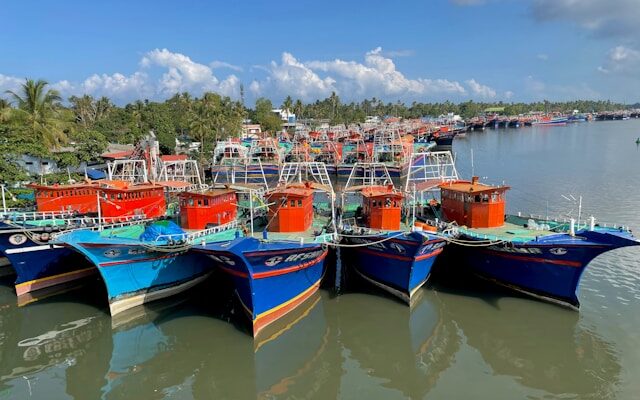Indian Shrimp Exporters Seek Government Support as US Duty Review Nears, Competition Bites
India’s shrimp exporters are anxiously awaiting a crucial review of US anti-dumping and countervailing duties scheduled to begin next month, urging the Indian government to intervene diplomatically to secure relief amidst fierce global competition. Industry experts highlight that existing US duty calculation methods are detrimental to Indian exporters, who are already battling significant market pressure from competitors like Ecuador and Vietnam in the lucrative American market. Exporters are calling for bilateral discussions between the Indian and US governments to address these concerns. A key point of contention is the US classification of India’s Remission of Duties and Taxes on Exported Products (RoDTEP) and Duty Drawback schemes. “The US authorities consider India’s RoDTEP and duty drawback schemes as incentive schemes, which is not the case. Both are WTO-compliant duty refund schemes only,” explained Yogesh Gupta, a Kolkata-based seafood exporter and Managing Director of Megaa Moda. Furthermore, exporters criticize the US ‘zeroing’ methodology used for calculating anti-dumping duties, arguing it unfairly distorts the dumping margin by not making a fair comparison between export price and normal value. “This needs to be re-looked,” Gupta added, emphasizing the concern within the industry. To bolster their competitiveness, exporters are also requesting the re-introduction of the Transport and Marketing Assistance (TMA) scheme by the Indian government. Beyond the specific anti-dumping (currently 1.8%) and countervailing duties (5.77%), Indian shrimp exports face a baseline tariff of 10% imposed by the US on April 2nd. While exporters received significant relief when the US suspended a potential additional 26% duty, the cumulative effective duty remains substantial at approximately 17.7%. K N Raghavan, Secretary General of the Seafood Exporters Association of India (SEAI), recently urged the government to prioritize securing a “level-playing field” for Indian seafood exports in upcoming trade negotiations before any tariff pauses expire. Competitive pressure is a major factor. Ecuador, facing lower duties and benefiting from geographical proximity to the US, poses a significant challenge. Odisha-based exporter Rajen Padhi, Commercial Director at B One Business House Pvt Ltd, noted that the anti-dumping duty has persisted for two decades and advocated for a uniform rate for India. He also stressed that the RoDTEP scheme’s nature as a tax refund, not a subsidy, can be clearly demonstrated. “As per an international agreement, no taxes should be exported. So now we can convince the US that the RoDTEP scheme is not an incentive scheme,” Padhi stated. The United States remains the most critical market for India’s shrimp industry, absorbing roughly 40% of the country’s total shrimp exports. India exported 7,16,004 tonnes of frozen shrimp globally in 2023-24, with the US importing 2,97,571 tonnes. Other key markets include China, the European Union, and Japan. The sector supports around 100,000 shrimp farms, predominantly located in Andhra Pradesh. As the US review approaches, the Indian shrimp export sector is looking to the government for robust support and diplomatic action to safeguard its position in this vital market. thumb_upthumb_down


